Introduction of Coffee from the Baru Volcano region in the Bokui Special region of Panama
Panama is a Central American country bordered by Costa Rica to the west and Colombia to the east. Anyone who knows anything about individual coffee should know that Panamanian coffee is famous in the coffee world as the geisha Geisha (the name of Rosa) in the Emerald Manor. Since the Rose Summer of Emerald Manor won the BOP championship in 2004, Panama and Rose Summer have been deeply tied together and complement each other. More than a decade later, Panamanian coffee has almost become the spokesman for the best coffee in the world. Panama is always on the waiting list when it comes to the best coffee in the world. It can be said that it is a country that strives for excellence in coffee and is rich in high-quality coffee.
Panamanian coffee is famous for the rosy summer of the Emerald Manor, which is also famous for its producing area, Boquete, in the province of Riki. Boquete is a town of Chiriqui in the province of Ricki, located near the border between Panama and Costa Rica, close to the famous Baru Baru volcano, with rich and fertile soil, climate and soil that are suitable for producing quality coffee.
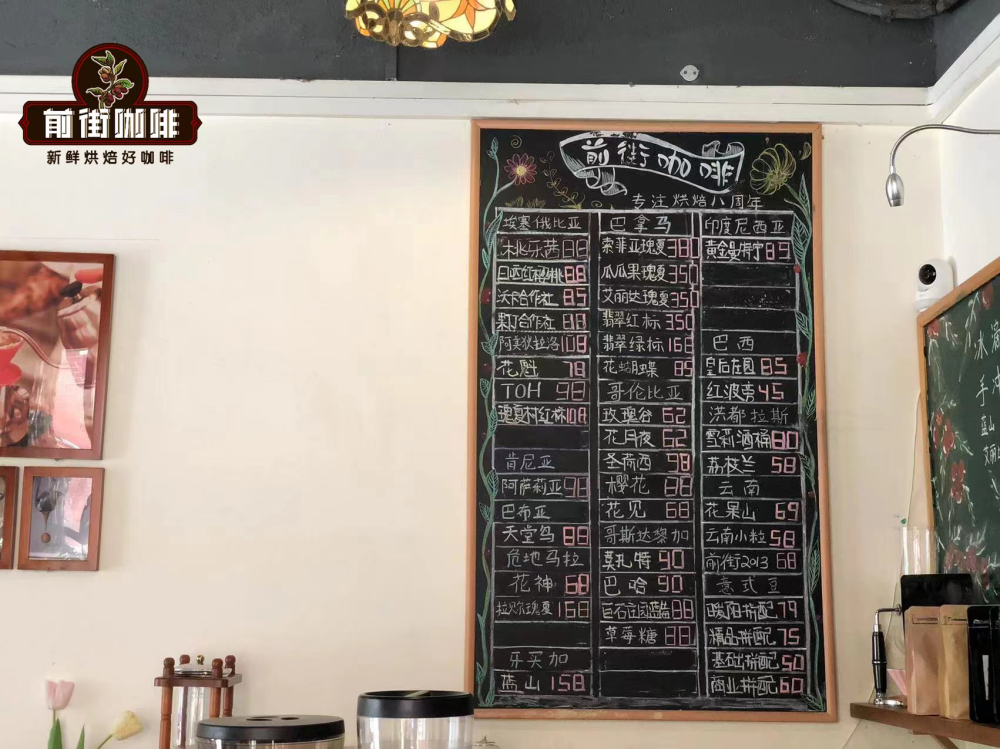
In Qianjie Coffee, there are many excellent coffee beans from the Pokuite producing area, the most famous of which are the jadeite red mark, the emerald green mark, except the jadeite manor, and the Arida manor. So many excellent beans are of course inseparable from the environmental and climatic varieties and treatment methods of the producing areas, and so on. Then let's go with Qianjie to see what's special about this area.
When it comes to translation problems, Boquete will be translated into Bockett, Boquet, etc., all refer to the same place, and Pokuit is uniformly used in the article.
There are two main producing areas of Panamanian coffee, one is Boquete and the other is Volcan. Both producing areas are in the province of Chiriqu í in Panama, where "Chiriqui" means the Valley of the Moon in the language of the indigenous people who lived here in pre-Columbian times. Chiriki province is located in the west of Panama, bordering the Pacific Ocean to the south, only a three-hour drive from the Caribbean Sea and bordering Costa Rica in the northwest.
What has to be mentioned between the two producing areas is a Chiriki volcano, which has a more familiar name-Mount Baru.
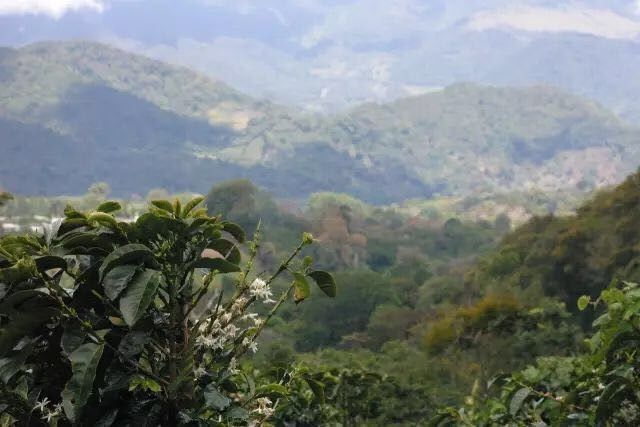
Mount Baru Volc á n Bar ú
Volc á n de Chiriqui, also known as Volc á n Bar ú, is the highest mountain in Panama, with a main peak of 3474 meters above sea level and the highest peak in Panama. The volcano stretches about 35 kilometers along the border with Costa Rica.
Due to the high altitude of the volcano and the slender national shape of Panama, it is possible to see both the Pacific Ocean and the Caribbean Sea from the mountains in sunny weather.
The Baru volcano is a dormant volcano, and the nearest potentially active volcano is only in Chiriki province, west of the North American continental divide. The volcano is surrounded by fertile highlands, and the mountains originate from many rivers, mainly the Chiriqu í and Caldera rivers. Most of the residential villages are concentrated in the west of the volcano, but there are exceptions, such as the town of Poquet, which has a population of about 19000, just east of the volcano.
The Baru volcano is not only the highest mountain in Panama, but the sediments created by early volcanic activity and eruptions bring a large amount of fertile soil, which is rich in matter, volcanic ash is rich in phosphorus and sulfur, coupled with unique climate patterns, let the region form an environment suitable for the growth of high-quality coffee, dense forests and many species cause biological diversity.
Balu Volcano has a favorable environment for growing coffee, proper rainfall, high altitude and cloud shade help coffee trees to grow slowly and accumulate nutrients. Panama dry season and rainy season clearly help to carry out sun treatment, which is the right time; at the same time, Balu Volcano provides nutritious volcanic soil, mountain rivers, abundant water resources, strong in carrying out washing treatment, this is a geographical location. Such a good time and location provides a prerequisite for growing quality Panamanian coffee.
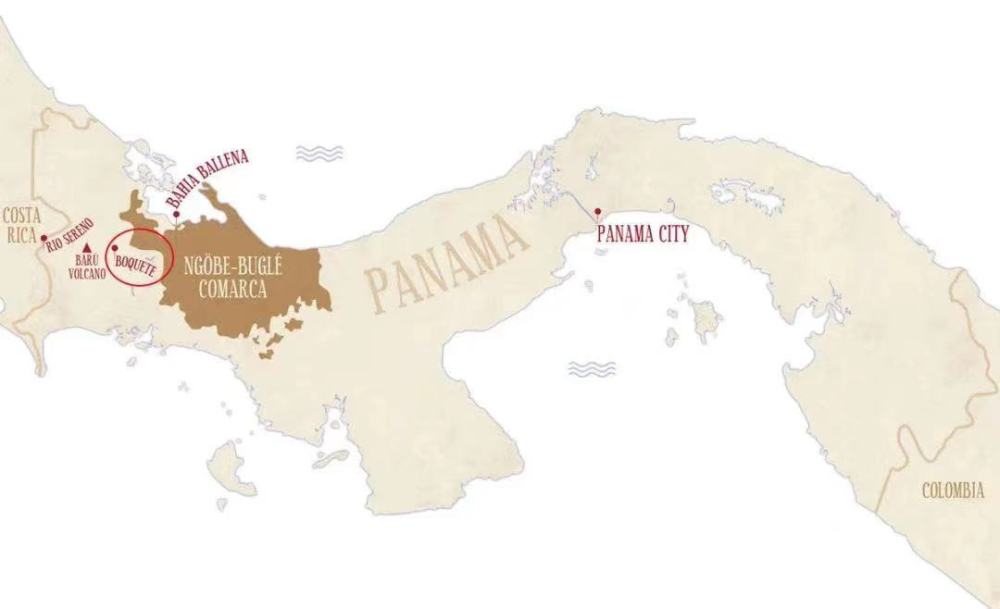
Poquet Boquete
Pokuit is well known as one of the coffee producing areas of Panama. it is located to the east of Mount Baru. Pokuit has excellent planting conditions, with coffee growing at 1200 to 2000 meters, with a minimum temperature of about 11 degrees Celsius and a maximum temperature of about 27 degrees Celsius, which is neither frost nor too high, with a large temperature difference at the same time.
Teacher Xu Baolin described Poquet in "the Bean Hunter": "the mild climate, fertile young volcanic soil, moderate rainfall and changeable micro-climate have made the mountains around Pokuit known as the 'promised land of coffee'."
"the hot, humid and unbearable climate of Panama City, the capital, is in sharp contrast to the forest, blue sky, clean air and pleasant temperature of Poquet, which is a typical equatorial climate. Poquet, on the other hand, makes people feel like they are in New Zealand or Switzerland in summer."
From teacher Xu's description, it is not difficult to imagine what a pleasant producing area Pokuit is, and it is such a pleasant place that grows high-quality coffee.
There are also many excellent estates in the Pokuit producing area. The above-mentioned Emerald Manor, Alida Manor and Catova Duncan Manor all produce high-quality boutique coffee.
In addition to the manor, Qianjie Coffee is also from the Pokuit producing area. 70% of the rose summer varieties are mixed with Kadulai, making this coffee an entry-level coffee with a high price-to-performance ratio in the eyes of many consumers. This very cost-effective bean has a very beautiful name-Flower Butterfly.
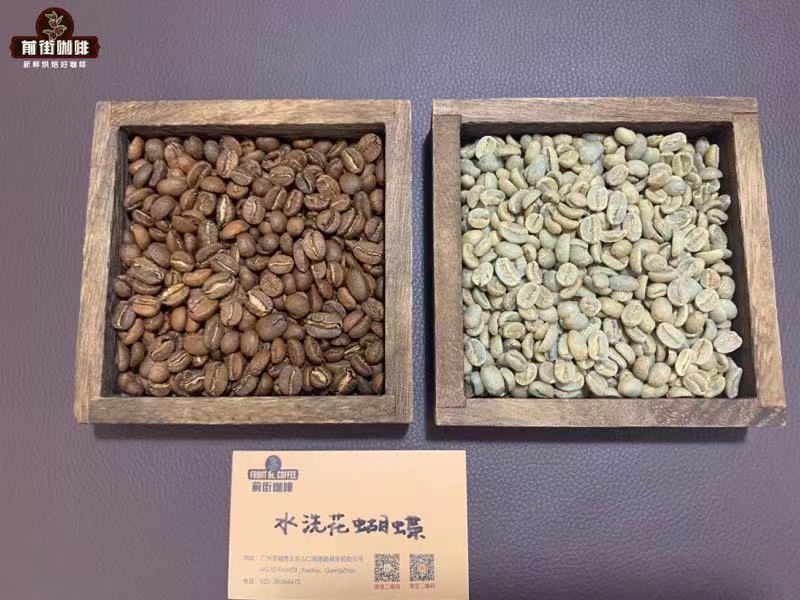
Front Street Coffee Panama Flower Butterfly
Coffee producing area: Pokuit, Panama
Altitude: 1600 m
Varieties: Rosa, Kaddura, Kaduai
Treatment method: washing treatment
The Flower Butterfly Coffee is composed of geisha, Kaddura Caturra, Kaduai Catuai and three varieties. It is planted in the Baru volcanic area of Pokuit and grows in the volcanic area at an altitude of 1600 meters. The treatment plant uses fine washing treatment. The special local microclimate of Panama leads to abundant rainfall and a large temperature difference between day and night, coupled with the unique volcanic soil of the volcanic area. As well as meticulous harvesting and fine treatment, this coffee performs well in terms of richness, acidity and floral aroma.
Another important factor is that the microclimate in the Poquet Heights of Panama is a unique and important resource for boutique coffee in the Pokuit region. This is the Panamanian environment from east to west that allows cold air to converge above 6500 feet through the Central Mountains, thus creating a variety of microclimates in the Pokuit region, making its temperature and rainfall very suitable for plant growth. so the coffee trees grown here grow very well.
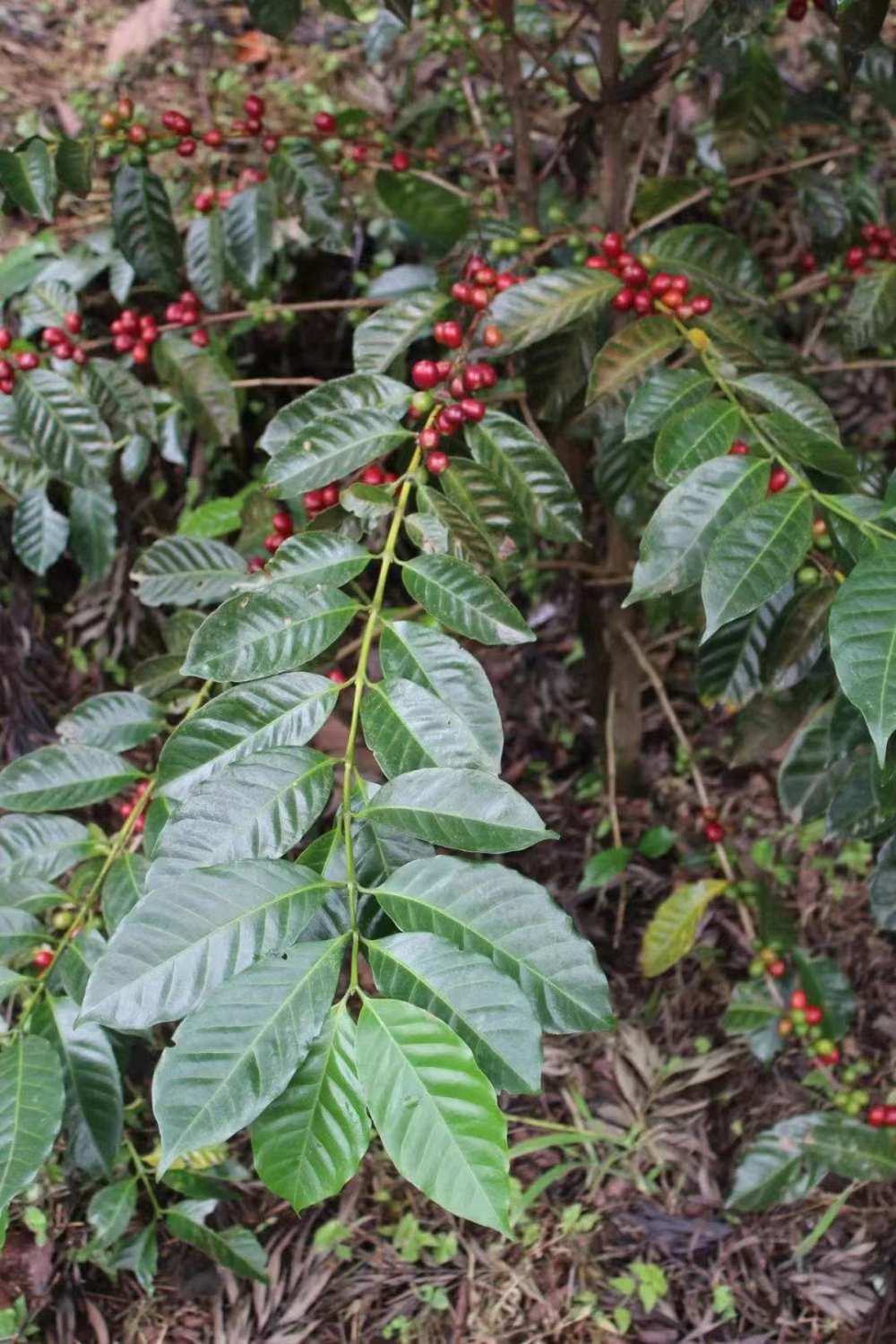
Coffee variety
Rose summer
Rose summer is special in that it has very obvious and clear floral and citrus flavor, very high cleanliness, soft and elegant acidity, long-lasting cotton sweetness, and the taste of high-grade black tea. Floral aromas and intense sweetness of tropical fruits, with unique floral and fruity aromas.
Kaddura (Caturra)
Kaddura is a variety of bourbon species, was found in Brazil in 1937, production capacity and disease resistance are better than bourbon, and the tree is shorter, easy to harvest, adaptable, does not need shade trees, direct exposure can also be vibrant in the sun, commonly known as exposed coffee (Sun Coffee). Kaddura is suitable for planting in the high altitude area from 700m to 1700 m, with strong adaptability to altitude, but the higher the altitude, the better the flavor and the production capacity is relatively reduced. Kaddura is characterized by bright acidity and low to medium consistency. It has less clarity and sweetness of bourbon, with sour taste of lemon or citrus on the palate.
Kaduai (Catuai)
Kaduai is a hybrid of New World and Kaddura, which has relatively good resistance to natural disasters, especially wind and rain. It inherits the advantages of Kaddura's low stature and changes the shortcomings of the New World. Another advantage is that the results are solid and not easy to fall off in the event of a strong wind, which makes up for the weakness of Arabica fruit.
Iron pickup
Typica is one of the oldest varieties of Arabica coffee found today, and the other is bourbon. The Arabica species originated in Ethiopia, where it still grows naturally today in the highlands of the pristine rainforest. The Ironpika bean is slender, the tree is tall, the fruit is oval, and the branches are slightly inclined. The four iron pickups are slender and open, with a tilt angle of 50 Murray 70 degrees. The coffee yield of each tree is very low, but the cup test score is very high.
The beans of Alida Manor in Panama, where the coffee is on the front street, are made of iron pickup.
There are three main varieties planted in Elida Manor, namely, Catuai (Kaduai), Typica (Iron truck) and Geisha (Rose Summer).
Erida Manor in Panama
Producing area: Pokuit producing area of Panama
Manor: Alida Manor
Altitude: 1850 m
Variety: iron pickup
Treatment: insolation
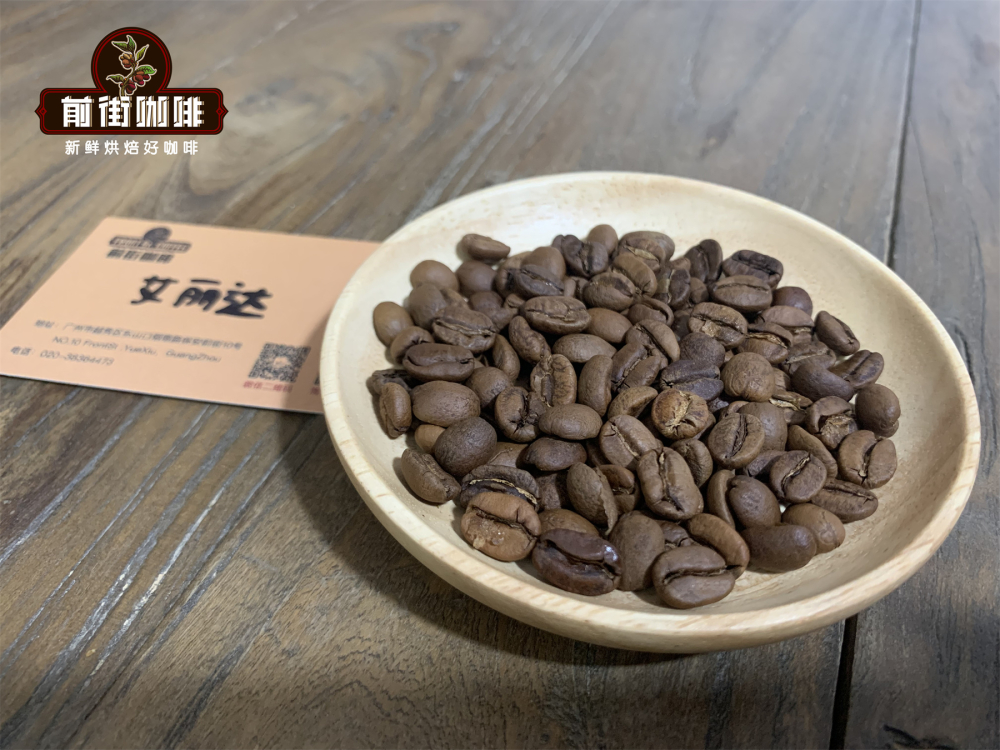
Elida Manor is located in the Boquete producing area, the elevation of the manor is almost the highest in Panama, and nearly half of the area is in the National Conservation Park, is a rare ultra-high altitude manor in Central America! Elida Manor has a total area of 65 hectares, more than half of which are located within the Baru Volcano National Park, 30 hectares of the estate are planted with coffee trees, and the remaining 35 hectares are virgin forests. Coffee is grown from 1670 to 1850 meters above sea level, making it one of the two highest coffee farms in Panama (the other estate with these elevations should be Carmen in the Vulcan Valley).
Coffee bean treatment
Sun treatment
The sun treatment first separates the coffee fruits sent to the cleaning station by hand to remove the defective coffee fruits with lower density. Then spread the qualified coffee fruit flat on the elevated drying bed for drying, and the sun treatment time is about 21 days. Dry the coffee fruit until the moisture content is about 12%. After the completion of the sun treatment process, the peel, pulp and sheepskin of the coffee fruit are removed by a sheller and packed into storage. Qianjie believes that the sun-treated coffee has the lowest acidity, the highest sweetness, the clearest touch, but slightly lower cleanliness. Flavor will produce more berry tonality, but also more complex.
Washing treatment
Nowadays, there are many ways of washing, but generally speaking, the floating beans are removed after the coffee fruit is picked, then the pulp is removed, and then the coffee beans are soaked in a fermentation trough. The enzymes in the water will soften the mucus attached to the peel of the coffee beans. Natural yeast will break down the sugar in the mucus, a process called fermentation.
After the fermentation is completed, move the coffee beans to the sun field to dry. In the process of drying, you need to constantly turn the coffee beans to ensure the uniformity of the drying. Finally, the shell is kept in the warehouse, and some raw bean merchants place an order before shelling and bagging. The processed coffee tastes clean, emphasizing bright and lively acidity, as well as clear fruit flavor and floral aroma.
Important Notice :
前街咖啡 FrontStreet Coffee has moved to new addredd:
FrontStreet Coffee Address: 315,Donghua East Road,GuangZhou
Tel:020 38364473
- Prev
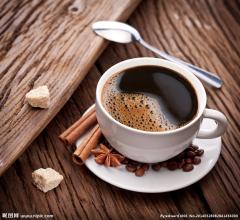
Tanzania Kilimanjaro Coffee with rich aroma and outstanding sour taste
Produced in the Mohi district near Mount Kilimanjaro, the mountain area with a height of 3,000 to 6,000 feet is the best place to grow coffee, where fertile volcanic ash gives the coffee a strong texture and soft acidity. It exudes delicate aromas and contains aromas of wine and fruit, making people taste endless aftertaste. After drinking Kilimanjaro coffee, I always feel
- Next
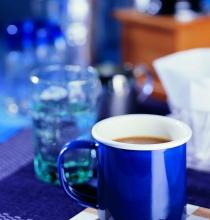
Colombian Coffee Lazimus Manor with rich nutrients and moderate acidity
The suitable climate in Colombia provides a real natural pasture for coffee. Coffee trees in Colombia are mainly cultivated in the Andes, on steep slopes about 1300 meters above sea level, where the annual temperature is about 18 degrees Celsius, annual rainfall is 2000 to 3000 millimeters, latitude 1-11 15 north, longitude 72-78 west, and the specific range of elevation can exceed 2.000 meters. By
Related
- Does Rose Summer choose Blue, Green or Red? Detailed explanation of Rose Summer Coffee plots and Classification in Panamanian Jade Manor
- What is the difference between the origin, producing area, processing plant, cooperative and manor of coffee beans?
- How fine does the espresso powder fit? how to grind the espresso?
- Sca coffee roasting degree color card coffee roasting degree 8 roasting color values what do you mean?
- The practice of lattes: how to make lattes at home
- Introduction to Indonesian Fine Coffee beans-- Java Coffee producing area of Indonesian Arabica Coffee
- How much will the flavor of light and medium roasted rose summer be expressed? What baking level is rose summer suitable for?
- Introduction to the characteristics of washing, sun-drying or wet-planing coffee commonly used in Mantenin, Indonesia
- Price characteristics of Arabica Coffee Bean Starbucks introduction to Manning Coffee Bean Taste producing area Variety Manor
- What is the authentic Yega flavor? What are the flavor characteristics of the really excellent Yejasuffi coffee beans?

